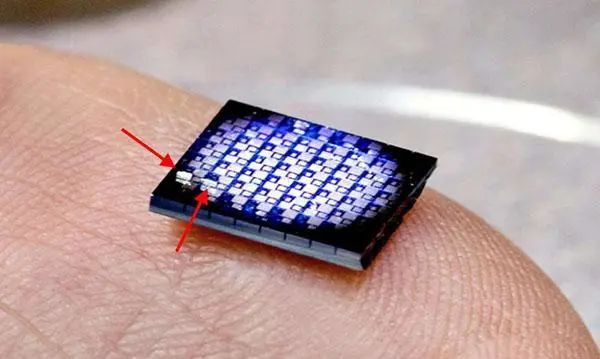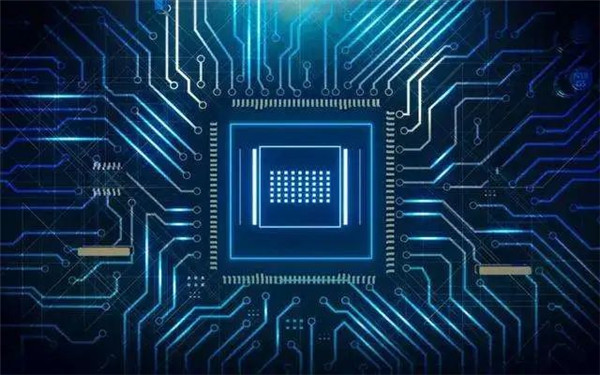Definition & Origin of Chip
Chip - a generic term for semiconductor component products, integrated circuits, abbreviated as IC; or microcircuits, microchips, wafers/chips, in electronics is a way of miniaturizing circuits (mainly semiconductor devices, but also passive components, etc.) and from time to time manufactured on the surface of semiconductor wafers.
From 1949 to 1957, prototypes were developed by Werner Jacobi, Jeffrey Dummer, Sidney Darlington, Yasuo Tarui, but the modern integrated circuit was invented by Jack Kilby in 1958. He was awarded the Nobel Prize for Physics in 2000, but Robert Noyce, who also developed a modern practical integrated circuit at the same time, passed away in 1990.
The great advantage of the chip
After the invention and mass production of transistors, various solid-state semiconductor components such as diodes and transistors were used in large numbers, replacing the function and role of vacuum tubes in circuits. By the mid to late 20th century, advances in semiconductor manufacturing technology made integrated circuits possible. Compared to hand-assembled circuits that use individual discrete electronic components, integrated circuits can integrate a large number of micro-transistors into a small chip, which is a huge advancement. The scale productivity, reliability, and modular approach to circuit design of integrated circuits ensures the rapid adoption of standardized integrated circuits instead of designing with discrete transistors.
Integrated circuits have two major advantages over discrete transistors: cost and performance. The low cost is due to the fact that the chip prints all the components as a unit, rather than making only one transistor at a time. The high performance is due to the components switching quickly and consuming less energy because the components are small and close to each other. 2006, the chip area goes from a few square millimeters to 350 mm² and can reach one million transistors per mm².

(There could be 30 billion transistors inside!)
How the chip works
A chip is an integrated circuit that consists of a large number of transistors. Different chips have different integration sizes, ranging from hundreds of millions; to tens or hundreds of transistors. Transistors have two states, on and off, which are represented by 1s and 0s. Multiple 1s and 0s generated by multiple transistors, which are set to specific functions (i.e., instructions and data) to represent or process letters, numbers, colors, graphics, etc. After the chip is powered up, it first generates a start-up instruction to start the chip, and later it keeps receiving new instructions and data to complete the function.
Post time: Jun-03-2019
